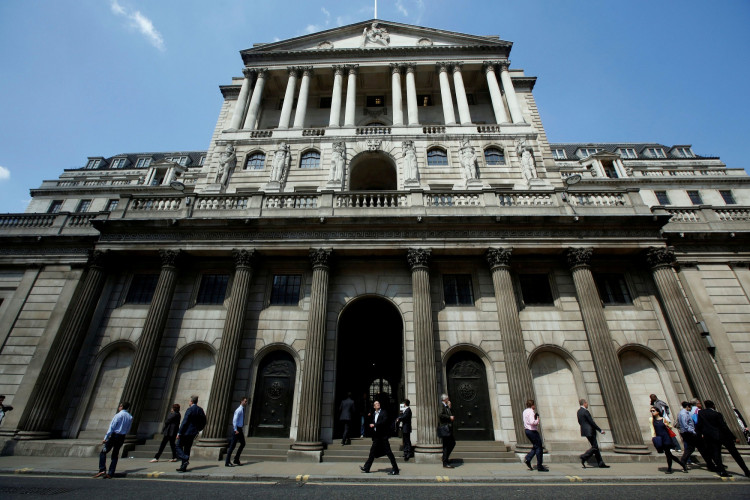The Bank of England (BoE) maintained its benchmark interest rate at 5.25% in a widely anticipated move, underscoring a cautious approach amid evolving economic indicators. The decision, supported by an 8-1 vote within the Monetary Policy Committee (MPC), highlights ongoing concerns over inflation persistence despite a recent softening in price pressures. This stance reflects the central bank's delicate balancing act between curbing inflation and fostering economic stability.
MPC member Dhingra's solitary vote for a 25 basis point rate cut punctuated the session's deliberations, underscoring divergent views on the appropriate monetary policy trajectory. The BoE's communication emphasized the necessity of maintaining a restrictive monetary stance for a sufficient duration to anchor inflation expectations securely back to the 2% target.
BoE Governor Andrew Bailey articulated a measured optimism, noting progress in economic conditions but cautioning that the threshold for rate reductions has not yet been reached. This sentiment captures the BoE's vigilant posture, poised to adjust policy in response to tangible shifts in inflation dynamics and economic performance.
The broader economic context, marked by a downturn in dealmaking and heightened geopolitical risks, particularly in the Middle East, adds layers of complexity to the BoE's policy calculus. Despite these challenges, the MPC's projections suggest modest GDP growth and a gradual easing of labor market tightness, contributing to an environment conducive to inflation moderation.
The central bank's revised growth outlook for 2024, pegged at 2.1%, alongside a nuanced assessment of fiscal measures and their expected impact on GDP growth and inflation, underscores a cautiously optimistic economic forecast. This perspective aligns with global central banking trends, where peers like the U.S. Federal Reserve are similarly navigating the intricacies of unwinding monetary tightening in a bid to quell inflation without derailing economic recovery.
Market reactions to the BoE's announcement were palpable, with Sterling experiencing volatility and U.K. bonds rallying, signaling investor perceptions of a dovish policy tilt. The anticipation of potential rate cuts, informed by the bank's dovish signals and the withdrawal of hawkish stances by previously assertive MPC members, is reshaping market expectations and investment strategies.
Economic commentators and analysts have voiced mixed reactions to the BoE's stance, with some advocating for a more proactive approach to rate cuts in light of receding inflation and the overarching economic recession. Critics argue that an overly cautious monetary policy risks exacerbating the economic downturn, urging the BoE to adapt more dynamically to the evolving economic landscape.
As the BoE continues its "wait-and-see" approach, the focus intensifies on labor market conditions, wage growth trajectories, and services inflation as critical barometers for future policy decisions. The central bank's commitment to monitoring these indicators underscores the nuanced challenges of steering monetary policy amid persistent economic uncertainties and complex labor market dynamics.






